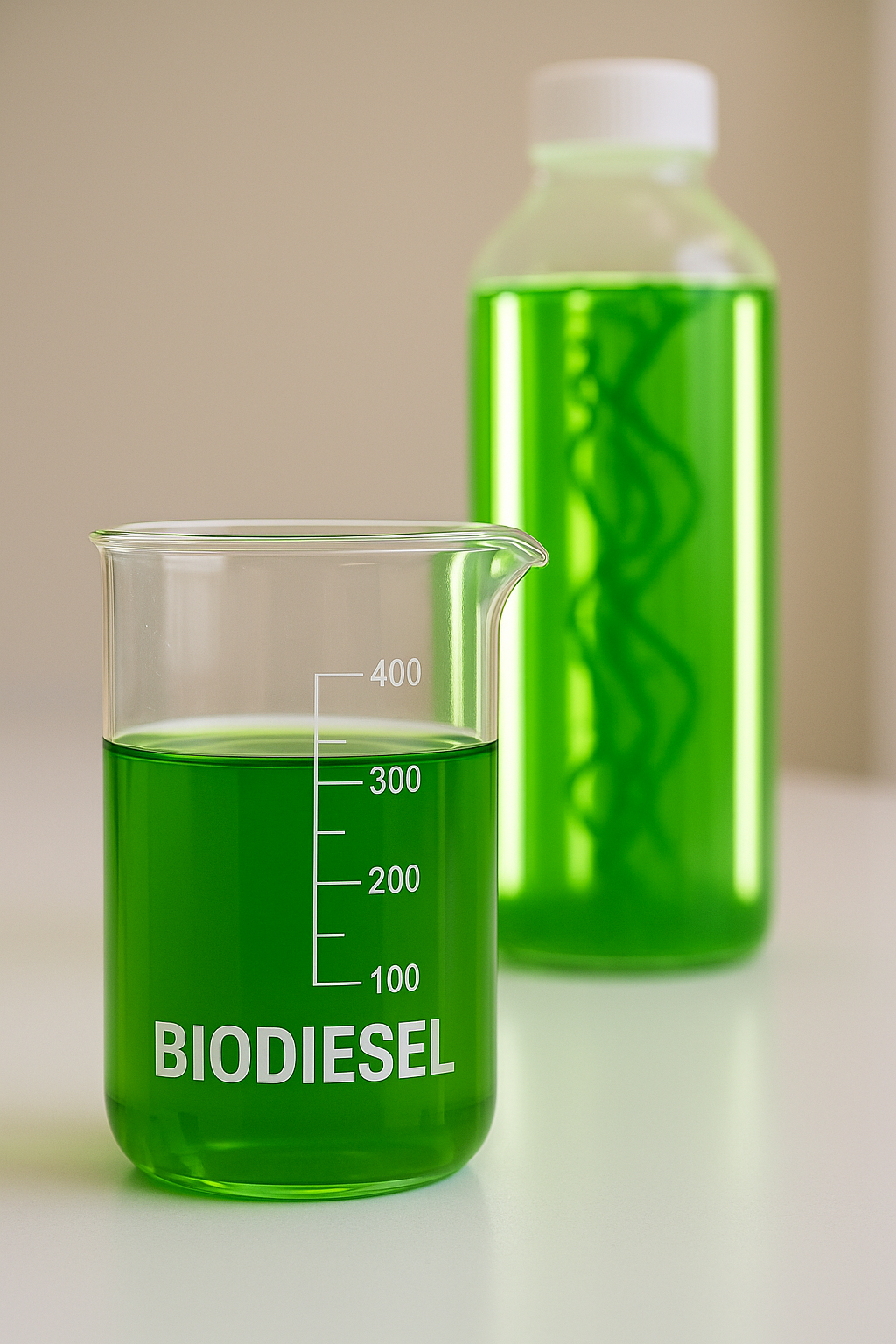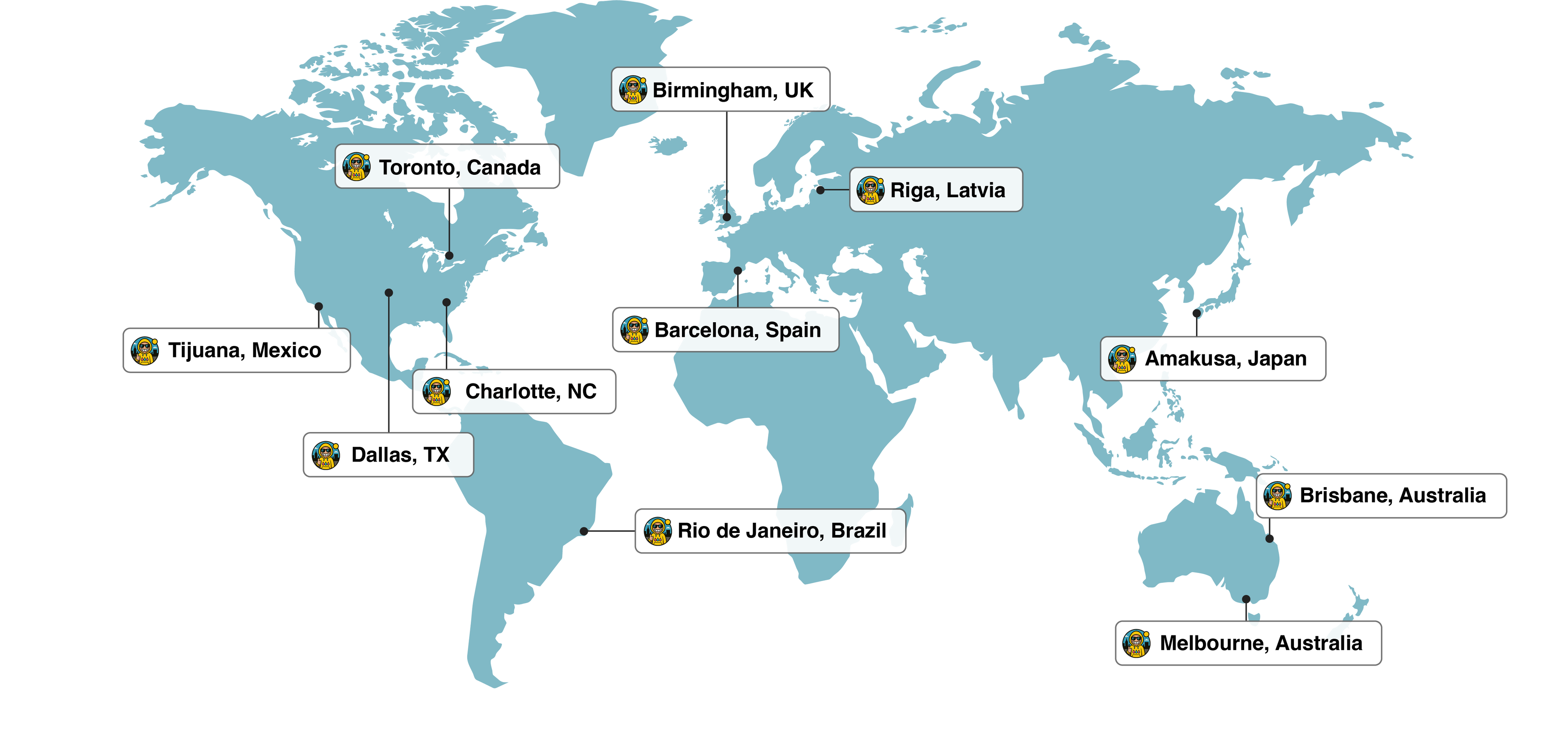Power, Agriculture, and Heating
Once algal lipids are extracted and transesterified into biodiesel, the fuel can be employed across multiple energy domains:
-
Off-grid electricity generation: Diesel generators can operate on algal biodiesel or blends, making them suitable for remote housing, research stations, and emergency backup. Pre-heating and starting with petrodiesel before switching to biodiesel improves operational stability and reduces cold-flow complications.
-
Agricultural machinery and transport: Biodiesel blends (B5–B20) are broadly compatible with tractors, harvesters, and trucks, providing measurable reductions in greenhouse gas emissions. Pure biodiesel (B100), while feasible, often requires the replacement of elastomer components with biodiesel-resistant materials.
-
Domestic heating: Biodiesel can replace conventional heating oil in furnaces and boilers. Low-percentage blends can be introduced immediately, whereas higher concentrations require gradual integration to allow the system to adapt.
Engine Adaptations and Maintenance Protocols
Successful long-term biodiesel usage requires targeted technical adjustments:
-
Material compatibility: Pre-1990s engines often incorporate rubber hoses and gaskets prone to biodiesel degradation. Substitution with fluorocarbon elastomers (e.g., Viton/FKM) enhances reliability.
-
Fuel filtration: Biodiesel’s solvent properties dislodge deposits, often clogging filters during initial use. Proactive filter replacement after 500–1000 km (or equivalent generator runtime) is recommended.
-
Cold climate management: Biodiesel has higher cloud and pour points compared to diesel. Blending strategies, tank insulation, or auxiliary heaters mitigate cold-weather issues.
Storage Requirements for Algal Biodiesel
Maintaining biodiesel quality requires rigorous storage practices:
-
Container selection: Stainless steel or high-density polyethylene (HDPE) tanks protect against degradation. Metals such as copper and brass catalyze oxidation and should be avoided.
-
Stability and additives: Biodiesel typically retains stability for ~12 months. Incorporation of antioxidants extends usable lifespan.
-
Moisture management: As a hygroscopic liquid, biodiesel absorbs water readily. Excess water facilitates microbial growth, leading to filter clogging and corrosion. Biocide additives and periodic monitoring reduce these risks.
Algae as a Feedstock: Potentials and Constraints
Algal systems present unique advantages over terrestrial oil crops:
-
High lipid content: Strains such as Chlorella vulgaris and Nannochloropsis can achieve lipid yields approaching 60% of dry biomass, far surpassing soybean or canola.
-
Sustainability: Algae can be cultivated in brackish or wastewater and on non-arable land, minimizing conflict with food production. Carbon dioxide uptake during growth partially offsets combustion emissions.
-
Limitations: Small-scale algae biodiesel remains water-intensive and technically demanding. Photobioreactor infrastructure and harvesting systems introduce economic barriers, particularly outside industrial or academic environments.
Recommended Practices: From Cultivation to Application
Cultivation and Extraction
-
Construct a DIY algae photobioreactor using transparent vessels or tubing to optimize light capture.
-
Prioritize lipid-dense microalgae species to maximize algal biodiesel yield.
-
Employ mechanical pressing or solvent-based methods for algae oil extraction, followed by chemical transesterification. Learning exactly how to make biodiesel from algae is crucial to achieving consistent results.
Fuel Application
-
Initiate testing with blends (B5–B20) before advancing to higher concentrations.
-
For generators: begin on diesel to warm systems, then transition to biodiesel.
-
For heating: integrate biodiesel incrementally, monitoring for filter fouling and system efficiency.
Maintenance and Storage
-
Install biodiesel-compatible hoses, seals, and filters.
-
Anticipate more frequent filter replacement during the transition period.
-
Store biodiesel under controlled conditions (cool, dark, sealed) and use stabilizing agents.
-
Drain storage tanks regularly to remove water accumulation.
Broader Implications: Energy Independence and Collective Models
Beyond individual energy resilience, biodiesel production can serve as a foundation for community-based sustainability initiatives. Cooperative cultivation systems or shared photobioreactors reduce costs and distribute technical expertise. For eco-villages and research collectives, home biofuel production offers a pathway toward both energy autonomy and reduced carbon intensity.
Conclusion
The production and use of algal biodiesel for off-grid electricity, agricultural machinery, and residential heating represents an academically significant case of applied renewable energy. Although challenges persist—ranging from water and nutrient management to storage stability—DIY algae biofuel projects exemplify how small-scale innovation intersects with global sustainability goals. For students and practitioners in energy and environmental sciences, such projects illustrate the transition from theoretical research into applied, real-world solutions for cleaner energy futures. By considering the best algae for biodiesel and leveraging modern algae photobioreactor DIY techniques, individuals can maximize algal biodiesel yield while advancing personal and community sustainability efforts.


